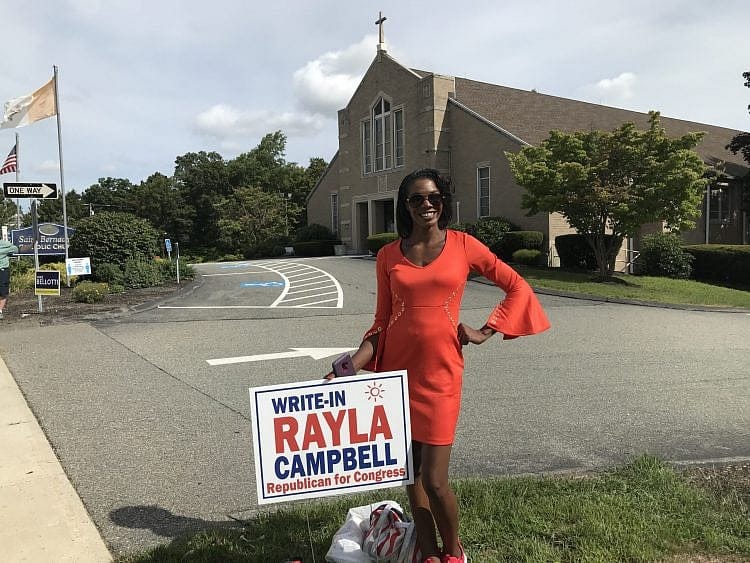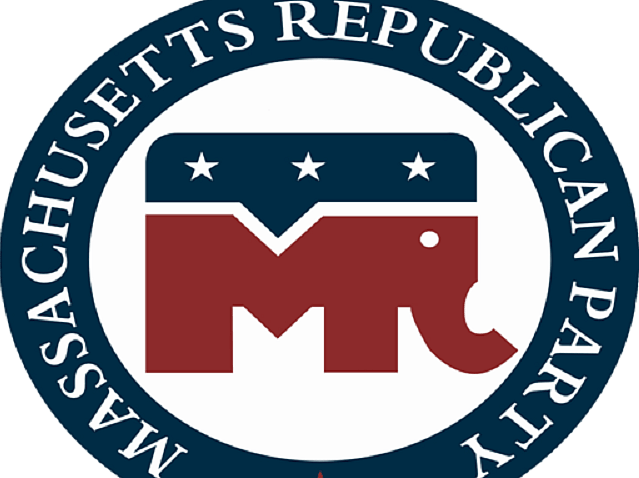Rayla Campbell’s Seventh Congressional District Write-In Campaign Comes Up Short

Rayla Campbell's virtually unprecedented bid to get 2,000 write-in votes to get on the November general election ballot against U.S. Representative Ayanna Pressley (D-Dorchester) came up short.
The Randolph Republican got 1,202 votes in the Republican primary for the Seventh Congressional District, a spokesman for the Massachusetts Secretary of the Commonwealth's office told New Boston Post on Wednesday — almost 800 short.

